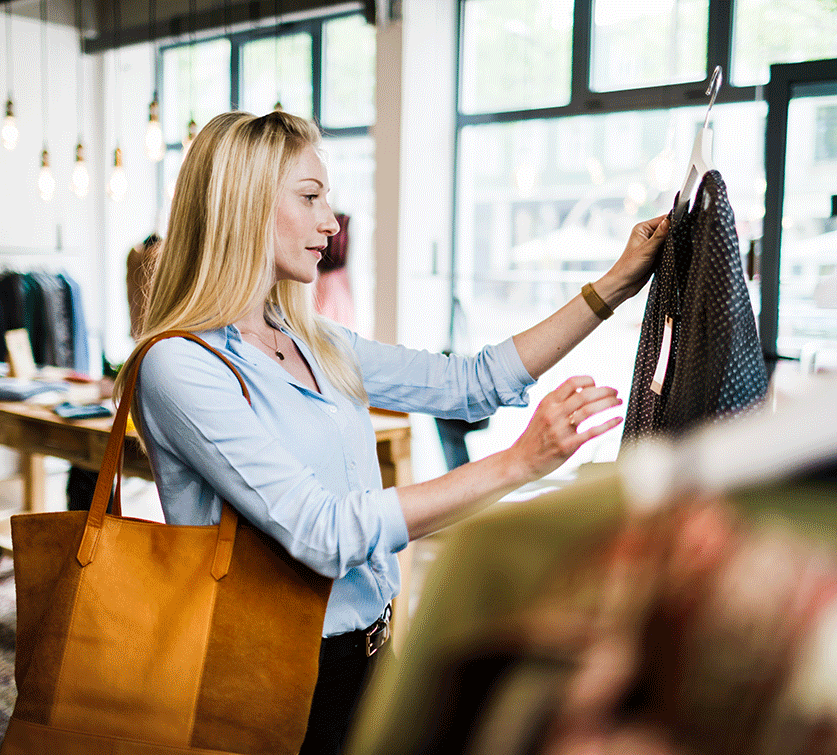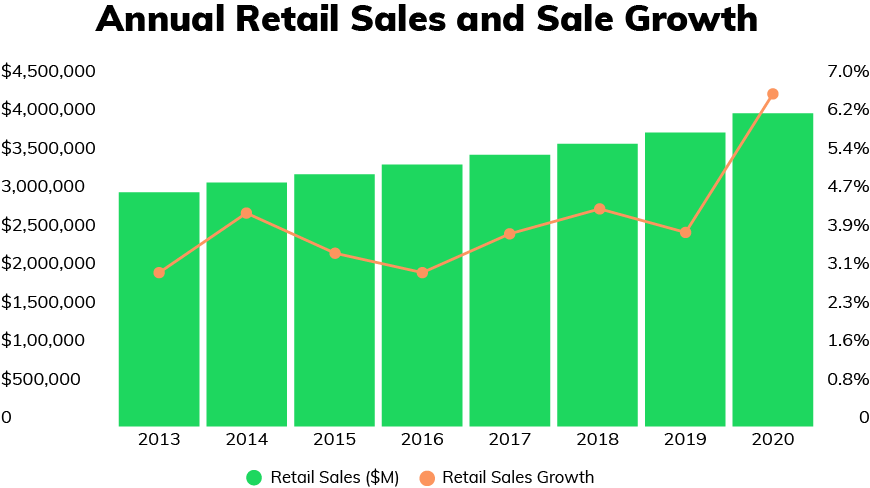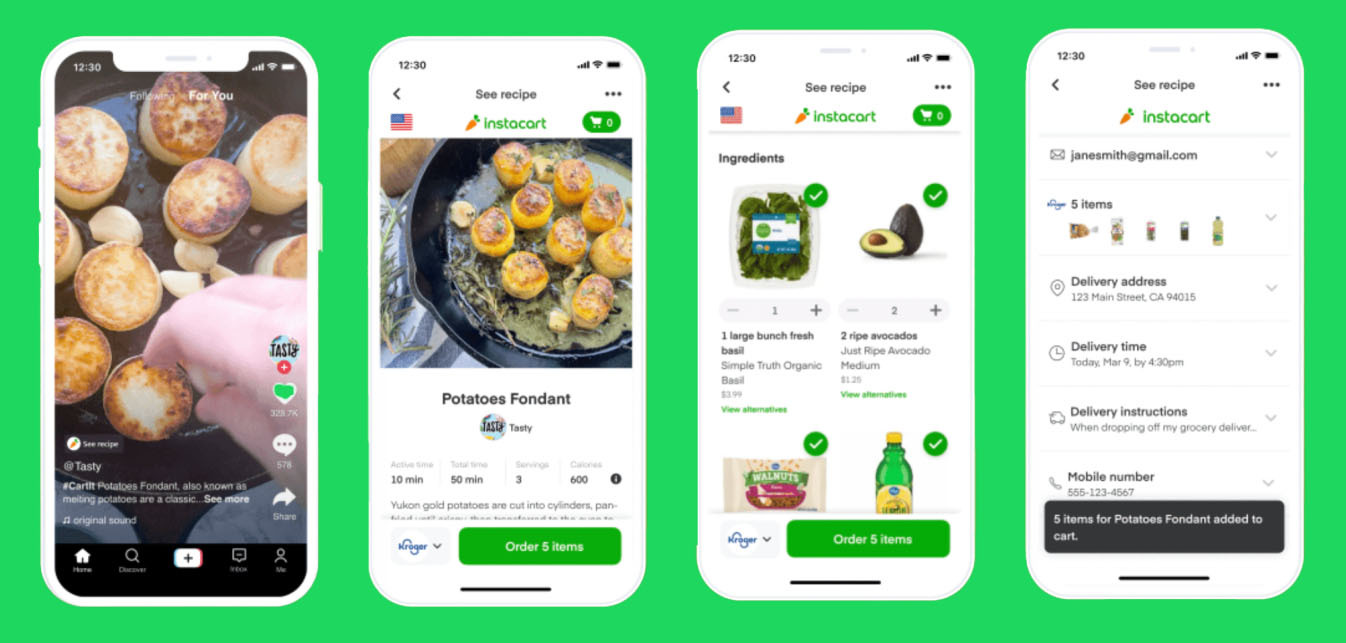Four Ways to Fuel Retail Transformation
September 30, 2022
KATJA DABROWSKI | ASSOCIATE ACCOUNT EXECUTIVE

September 30, 2022
KATJA DABROWSKI | ASSOCIATE ACCOUNT EXECUTIVE

In two years alone, we’ve seen a 21% growth in retail sales — 7% in 2020 and 14% in 2021, according to the NRF. Now, forecasts show that sales will continue accelerating in 2022 by 6-8%, bringing us to more than $4.9 trillion in total annual retail sales.

This immense amount of growth leads us to the question: how will brands adapt to this ever-evolving retail landscape?
…… What do retail consumers value in a shopping experience?
…… How can retail brands meet consumer’s expectations and deliver seamless digital experiences?
…… And lastly, what do consumers expect from retail brands?
We know that consumers want their experience to be more personalized than ever. So, how can retail brands continue to meet consumer demands?
We had the chance to attend PSFK and Prophet’s live talk “Retail Transformation,” where we learned the four key themes that retail brands can utilize to drive retail transformation:
Connecting Data
To create personalized shopping experiences tailored to consumer needs, retailers need to connect first-party data and AI to platforms and production systems.
For example, McDonald’s is testing license plate recognition where upon pulling into a drive-thru lane, favorite and recommended orders will be provided to customers.
Essentially, brands can pull data based on previous purchases or search history to drive personalized recommendations to each consumer. Having favorite and recommended products readily available makes the user experience more seamless as it brings down the time consumers have to spend searching for products – a win for both the consumer and the business.
AI and Social Platforms
Retailers can utilize AI and social media communities to generate personalized and automatic recommendations for shoppers. Using social platforms and AI to view product experiences before purchasing creates more trust between consumers and retailers. Let’s review an example:
Makeup line Jones Road partnered with Bounty, an app that enables consumers to monetize honest reviews on TikTok.
Instacart, TikTok, and Hearst have also partnered to allow select food influencers to link Instacart products to their food content so that all TikTok users have to do after viewing a recipe they like is click a button and the products will be added to their Instacart carts.

Next-Gen Omnichannel
Retailers can expand omnichannel businesses to virtual selling platforms to benefit today’s technologically savvy consumers. Direct purchasing online and through virtual touchpoints will create more seamless purchasing paths.
One of the most popular virtual selling platforms is the Metaverse, and soon enough, they will have their first pharmacy. In March 2022, CVS announced they are filing a trademark to allow customers to purchase products and services in the Metaverse.
Another example for direct purchasing involves Petco partnering with Rover, allowing Petco customers to access Rover services directly on the Petco website.
In both examples, consumers can avoid having to go to multiple locations to make a purchase, whether it be a physical store itself or an additional website.
Social and Environmental Impact
Consumers desire more than just messages of support surrounding environmental and social issues. This means retailers need to develop actionable approaches to show initiative and sustainability. Here are some examples:
Consumers want to see proof that retailers are genuinely committed to change and that they provide tangible or visible ways to prove it beyond messaging. There are countless companies out there that will send messages of support to their consumers, but lack going through with their messages.
Fuel Your Retail Transformation with MERGE
MERGE is at the forefront of retail innovation and can help clients reimagine their in-store experience to drive growth and consumer engagement. Curious to see our work in action? Check out our past work.